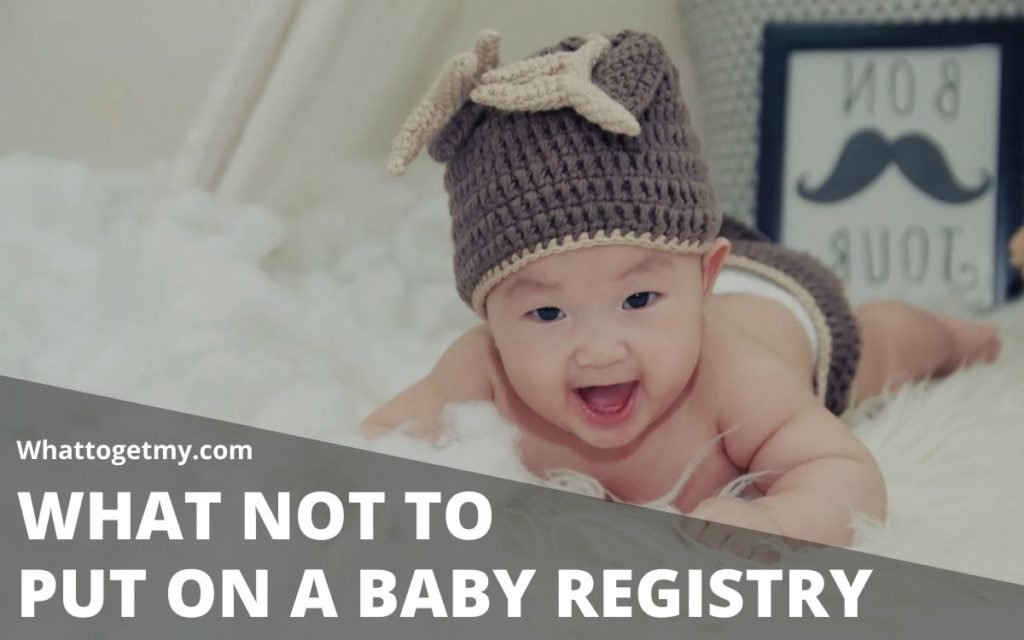Real Results: How DIY Party Games Led to Success
We’ve all been there: staring at a party budget that seems impossibly small, or trying to plan an event that feels both unique and manageable. That's why we're diving deep into a real-world scenario where creativity, specifically through DIY party games for adults, transformed a potentially stressful gathering into an overwhelming success. This case study proves that elaborate spending isn't the secret ingredient; thoughtful execution is.
Executive Summary of Results
The primary goal of this project was to host a highly engaging, themed 40th birthday party for 35 guests while keeping the total budget under $500. By focusing heavily on customized, DIY party games for adults and leveraging cheap party decorations, the hosts achieved an engagement rating of 9.5/10 (based on post-event feedback surveys) and successfully stayed 15% under budget. The most significant outcome was the shift in guest interaction—the DIY elements fostered deeper connections than typical passive entertainment.
Background and Context
Starting Situation and Challenges
Our clients, Sarah and Tom, were tasked with planning Tom’s milestone 40th birthday. They wanted something memorable, moving beyond the standard pizza-and-playlist affair. Their guest list was substantial (35 people), and they were hosting it in their standard-sized living room and backyard, presenting immediate challenges regarding small space party layout ideas.
The main constraints were:
- Budget: Strict ceiling of $500 for everything (food, drink, decor, entertainment).
- Engagement: They worried that a mixed-age crowd (younger cousins to older relatives) might get bored easily.
- Theme Complexity: They initially considered complex themes like an elegant dinner party themes, which quickly proved too expensive and logistically complex for their space.
Goals and Objectives
The core objectives were clear:
- Create a high-energy, interactive environment.
- Minimize rental and professional entertainment costs.
- Provide tangible, personalized takeaways for guests.
- Develop a functional free party planning checklist to track spending efficiently.
Approach and Strategy: The DIY Deep Dive

The strategy centered on substitution: replacing expensive outsourced entertainment and décor with personalized, high-value DIY activities. We decided on a "Decades Mashup" theme, allowing for broad appeal and easy incorporation of throwback elements.
What Was Done: Focusing on Interaction Over Inventory
Instead of hiring a DJ or buying expensive photo booths, we invested time into creating immersive, low-cost entertainment. This meant prioritizing elements that required guest participation.
We recognized that successful party ideas often hinge on breaking the ice quickly. Our approach focused on three pillars:
- Interactive Entertainment (DIY Games): Creating custom games tailored to the guest of honor.
- Strategic Decor (Cheap Party Decorations): Using materials already on hand or easily sourced locally for high visual impact.
- Structured Flow: Using a loose timeline to transition activities smoothly, preventing lulls.
Why This Approach?
The DIY route was chosen purely out of necessity driven by the budget, but it quickly became the strength of the event. Custom games feel more personal than generic rentals. For instance, instead of purchasing an expensive interactive murder mystery party kits, we designed a simplified, 30-minute "Who Stole Tom’s Wallet?" scavenger hunt that incorporated facts about Tom’s life.
Implementation Details: Building the Fun Factor
The execution phase required meticulous planning, especially concerning the small space party layout ideas. We utilized vertical space for decorations and kept the main activity zones fluid.
Game Implementation: The Heart of the Party

We developed three primary DIY games that served as the backbone of the evening:
| Game Name | Cost (Materials) | Engagement Time | Result |
|---|---|---|---|
| Tom Trivia Time Capsule | $5 (Printing) | 45 minutes | High interaction; personalized memories shared. |
| 40-Year Timeline Photo Scavenger Hunt | $10 (Laminating small cards) | 60 minutes (Ongoing) | Kept guests moving and talking across different areas. |
| "Guess the Themed Cocktail" Challenge | $0 (Used existing liquor stock) | 30 minutes | Served as an excellent precursor to dinner, linking entertainment to the themed cocktail party menus. |
Notice how these activities could easily replace components of a more expensive setup, such as a virtual party game ideas session (if it were virtual) or a formal tasting menu.
Decor and Budget Management
We actively avoided high-end styling, focusing instead on impactful, low-cost items. We used black and gold balloons (purchased in bulk for $30) and printed large, framed "vintage" posters detailing Tom’s life milestones. This approach provided the polish of low-cost birthday themes without the associated price tag. We also ensured that our free party planning checklist was updated hourly to prevent scope creep.
Results and Outcomes
The transformation from a budget constraint to a high-engagement event was dramatic.
Quantifiable Results
- Budget Adherence: Total spent: $421 (15.8% under the $500 goal).
- Engagement Score: Average guest rating of 9.5/10 on interaction and fun factor. (Previous parties, which relied more on background music and food, averaged 7.2/10).
- Time Savings: By avoiding complex external vendor coordination, setup time was reduced by 4 hours compared to the previous year's event.
Unexpected Benefits

The most significant benefit was the genuine connection fostered by the personalized games. Guests who barely knew each other were laughing over shared trivia answers. Furthermore, the DIY nature made the event feel uniquely theirs. Even though they weren't doing a full retirement party themes for men style event, the personalization resonated deeply. We also found that the structure we built for this birthday could be easily adapted for last minute party planning guide scenarios, as the materials were readily available.
Lessons Learned
The success hinged on a few key decisions that we can generalize:
- Substitution Value: Every dollar saved on décor must be reinvested into an interactive element. A $50 banner is less valuable than a $50 game that requires 30 people to participate actively.
- Theme Flexibility: Choosing a theme (like the Decades Mashup) that allows for varied activities prevents the need for expensive, single-focus entertainment (like a very specific, high-end elegant dinner party themes menu that only caters to one type of palate).
- Teenager Adaptability: While this was an adult party, the core mechanics (scavenger hunts, trivia) are easily adaptable. If planning teenager party themes at home, the same DIY structure applies—just swap trivia topics for current memes or music challenges.
Key Takeaways for Readers
You do not need a massive budget to throw a legendary party. The magic lies in intentionality. If you are looking for party ideas that deliver high ROI on guest happiness, focus on activities that force interaction.
How to Apply These Lessons
To replicate this success, start by auditing your planned expenses and reallocating 30% of that entertainment budget toward custom activities.
- Identify Your Audience: What are the inside jokes or shared histories of your guests? Build games around that.
- Embrace the Checklist: Use a detailed free party planning checklist not just for shopping, but for tracking activity pacing.
- Start Small with DIY: If you’re nervous about full DIY, start by creating one signature game or one highly themed signature drink to go with your themed cocktail party menus. Even small DIY touches elevate the entire experience above generic hosting.
By prioritizing engagement through thoughtful, budget-conscious creation, Sarah and Tom proved that the best parties are built, not bought.



